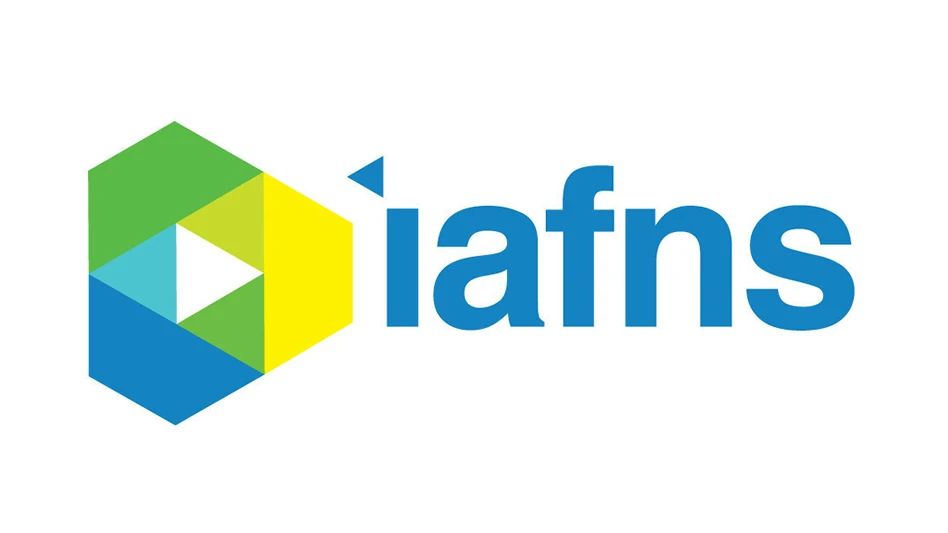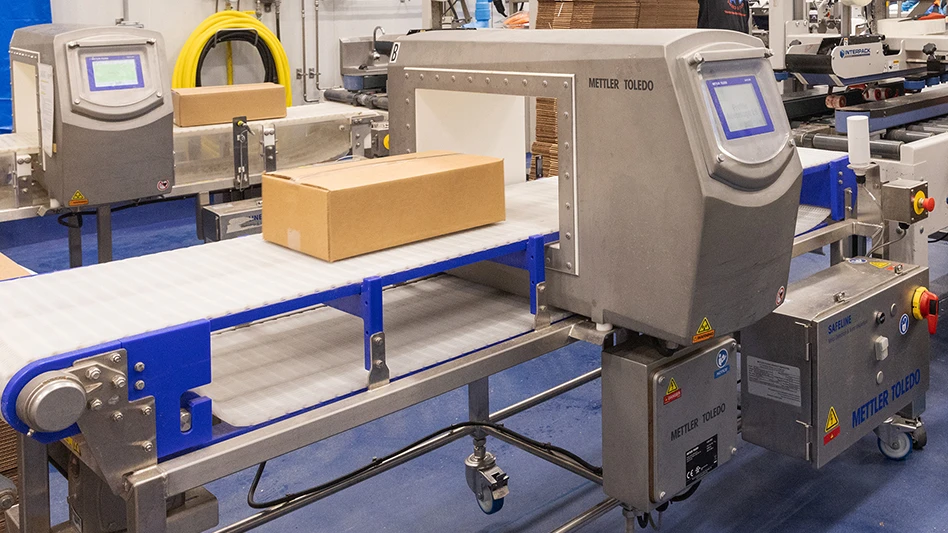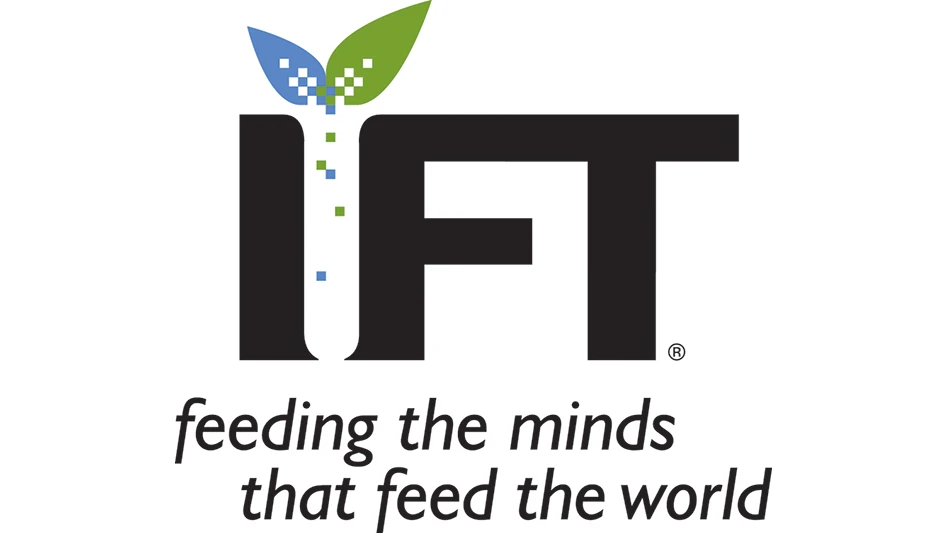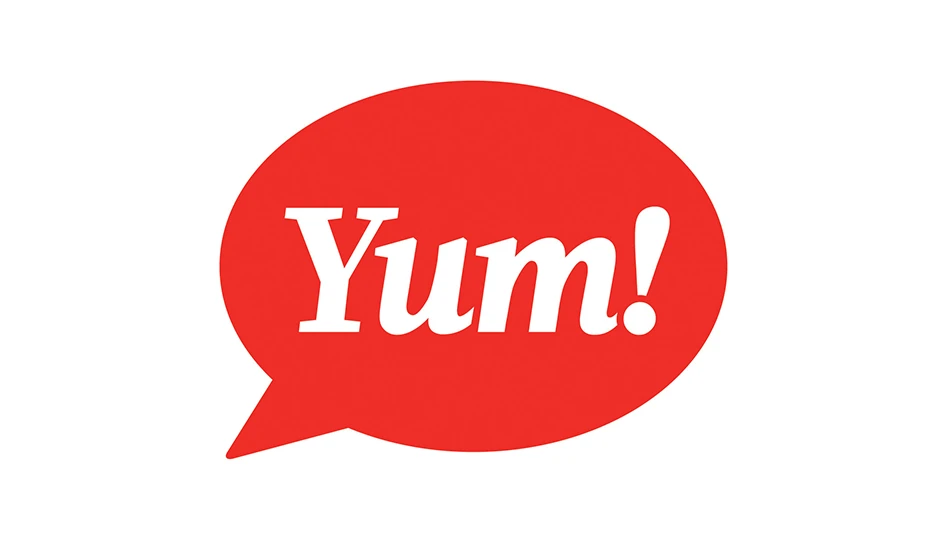 Natural. Nutritious. Sustainable.
Natural. Nutritious. Sustainable.
If you were to walk through a grocery store and ask 10 random shoppers to define these three terms, you would likely get 10 different answers. Yet, you would also find that more than eight of those shoppers had items with natural or sustainable claims in their shopping carts, and at least half of those shoppers would see such claims as validating the product as more nutritious.
Natural. Nutritious. Sustainable. Each is a trend that is being driven past the point of trending, to what Todd Kluger, vice president of marketing for Lundberg Family Farms, described as “the new normal.”
And it is a new normal being driven by the consumer. Why? “One of the largest things is education,” Kluger said. “There is a larger consciousness now.”
Ron Lodato, founder of Caesar’s Pasta, also sees the drive as more than a fad. “I see it continuing. It will have its ups and downs, but I think it will continue to grow and expand,” Lodato said. “It is just the conscious of the consumer. It’s an idea that’s been cultivated in the minds of consumers all around the world.”
Consumers want to know where their food is coming from; how it is being grown, produced and processed; and that it will be healthy for their families. As Lodato explained, “Moms want to feed their kids better foods, healthier foods.”
Some of the drive is a reaction to the number of food recalls that are seen in the news each day. “Consumers are beginning to demand transparency,” Kluger said. “Each recall makes the consumer start to think more and more. Almost everyone in the U.S. has been affected—either having a [recalled] product or having to look in the refrigerator to see if they do.”
Additives and Allergens. “My opinion is that we have a lot of contamination in our food system,” Lodato said, referring as much to unnatural additives and allergens as to any pathogenic ingredients. In fact, more products are recalled due to unlabeled allergens than for any other reason.
Our grandmothers bought food fresh each day, most from local vendors, he said. Now it can be difficult to find any foods without additives.
Caesar’s is a family business that specializes in good-tasting, gluten-free pasta products. “My brother has a slight sensitivity to wheat, so we looked into gluten-free products,” Lodato said. After taste testing a number of brands, his thoughts toward those who are allergic to wheat were, he said, “Those poor people!”
|
Defining the Terms Definitions of natural, nutritious and sustainable, according to Miriam-Webster Dictionary: Natural food: food that has undergone minimal processing and contains no preservatives or artificial additives Nutritious: giving nourishment, that is, something that nourishes or promotes growth, provides energy, repairs body tissues, and maintains life Sustainable: of, relating to, or being a method of harvesting or using a resource so that the resource is not depleted or permanently damaged |
His next thoughts were to create products that would be gluten-free without being taste-free—and the thank you notes the company has received from customers with celiac disease have proven its success.
Natural and Organic. When seeking healthy foods, natural is good but it is not regulated, Lodato said. Organic, on the other hand, has requirements for inspections and certifications on all product ingredients, so the consumer has more assurance in knowing what they are getting in these products.
Lundberg Farms produces both organic and “eco-farmed” rice, and has been using sustainable farming practices since its founding in 1937. “We began growing rice organically before the organic standards were put in place,” Kluger said.
Today the company is in the midst of building a new facility to LEED standards, including integrated design for energy conservation, carbon footprint reduction, use of renewable energies and natural lighting, and onsite composting—all while also incurring cost savings. “We will realize cost savings from energy savings all the way to employees taking fewer sick days because they are in a healthier environment,” he said.
“We have a history of sustainability before the word was even being used in that context,” he added. Not only for its own practices, but to influence the practices of the rice industry. “It’s important to us to be able to understand what impact we are having on the environment all the way down to what we are giving the consumer.”
For example, the Lundberg family was instrumental in development of a cage-roller system to press the rice chaff back into the dirt instead of burning it off, which used to be the typical field-clearing procedure. Not only did the new method eliminate the release of pollutants and greenhouse gasses, improving air and water quality, Kluger said, “Less fertilizer was needed because the soil was being fed each year after harvest.” Today, chaff burning is only permitted as an exemption, and, he said, “the air is not thick with acrid smoke anymore.”
A Global Issue. Natural and sustainable practices are not limited to the U.S. “I think it’s universal across the board,” Lodato said. “The whole world is cleaning up their act.”
And in actuality, Europe is well ahead of the U.S., he said. With Europe’s stricter food quality laws, product definitions and organic standards, there are U.S.-approved products that do not meet its standards.
But Lodato sees these higher standards as making their way across the sea. “What happens in Europe first comes to the U.S.,” Lodato said. It may not be a quick transition, but the European focus does raise awareness and make people think.
From the Fringe. Consumers make buying decisions each time they enter the grocery store, and more and more, these decisions are being based on their consciousness and personal definition of natural, nutritious and sustainable. So shoppers are checking labels, listening to the news, and reading articles and blogs, with the result that, Kluger said, “The awareness is going down to a micro level.”
And in the end, this means the consumer wins, he said. “If consumers were not supporting this, the companies would stop doing it.
“It may have begun on the fringe, but it is in the mainstream now.”
The author is Managing Editor of QA magazine. She can be reached at llupo@giemedia.com.
|
“Sustainable” Confuses Consumers … But They Buy It According to a recent Mintel survey: 84% of shoppers regularly buy green or sustainable food and drink. Of these: Even among those who regularly purchase the products, however, there is uncertainty about the terms: In spite of this, demand for sustainable food and drink continues to grow, with customers apparently putting their own interpretation on the claims, with health, welfare and safety as the most important of claims for nearly all consumers. Source: Mintel Global New Products Database |

Explore the December 2010 Issue
Check out more from this issue and find your next story to read.
Latest from Quality Assurance & Food Safety
- IFT DC Section to Host Food Policy Event Featuring FDA, USDA Leaders
- CSQ Invites Public Comments on Improved Cannabis Safety, Quality Standards
- Registration Open for IAFNS’ Fifth Annual Summer Science Symposium
- Leaked White House Budget Draft Proposes Shifting Inspection Responsibilities from FDA to States
- Chlorine Dioxide: Reset the Pathogenic Environment
- Ferrero Group Invests $445 Million in Ontario Production Facility
- Nelson-Jameson Announces Grand Opening for Pennsylvania Distribution Center
- Taylor Farms Linked to Romaine E. coli Outbreak as Marler Clark Files Multiple Lawsuits Against Supplier





